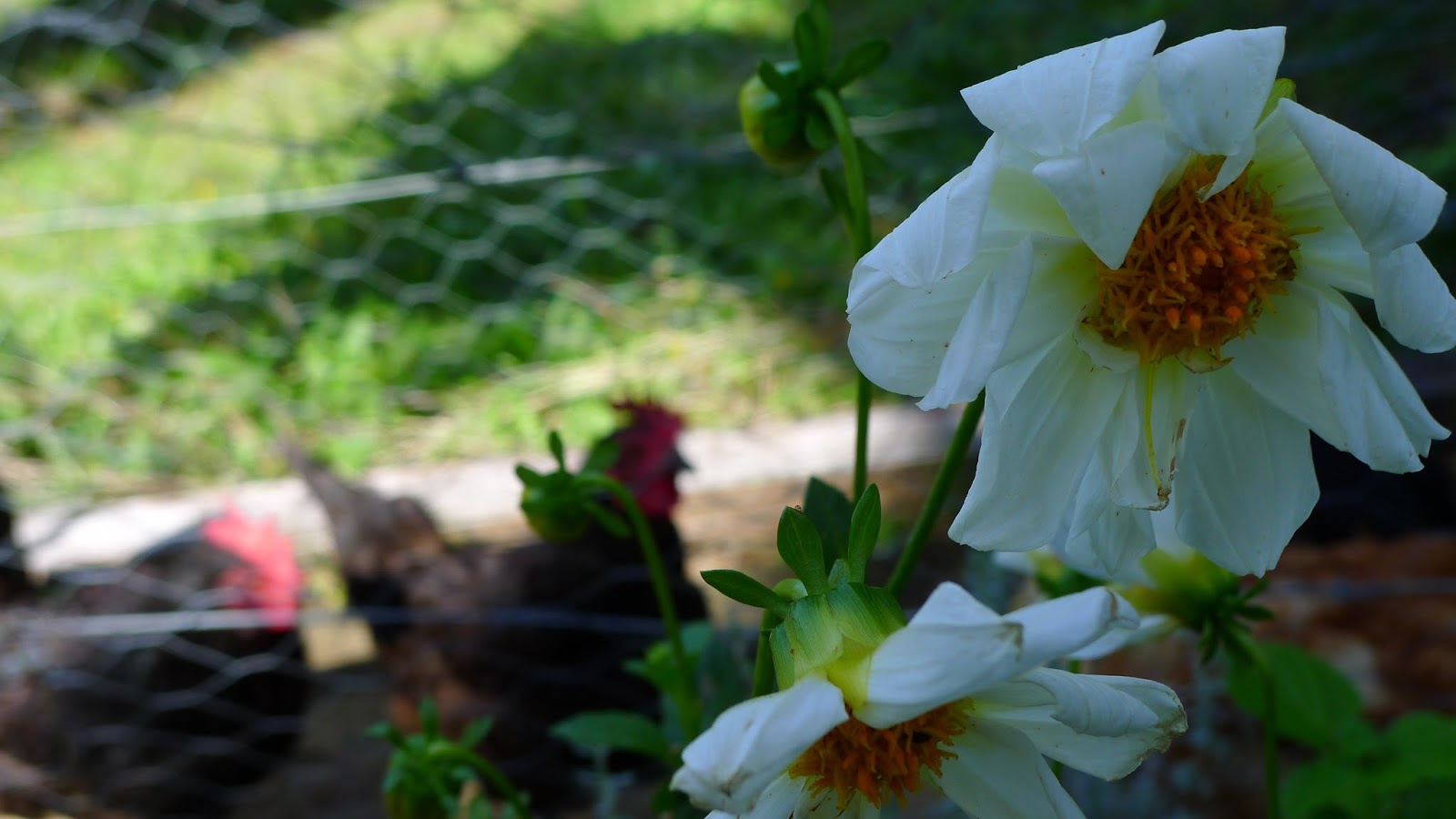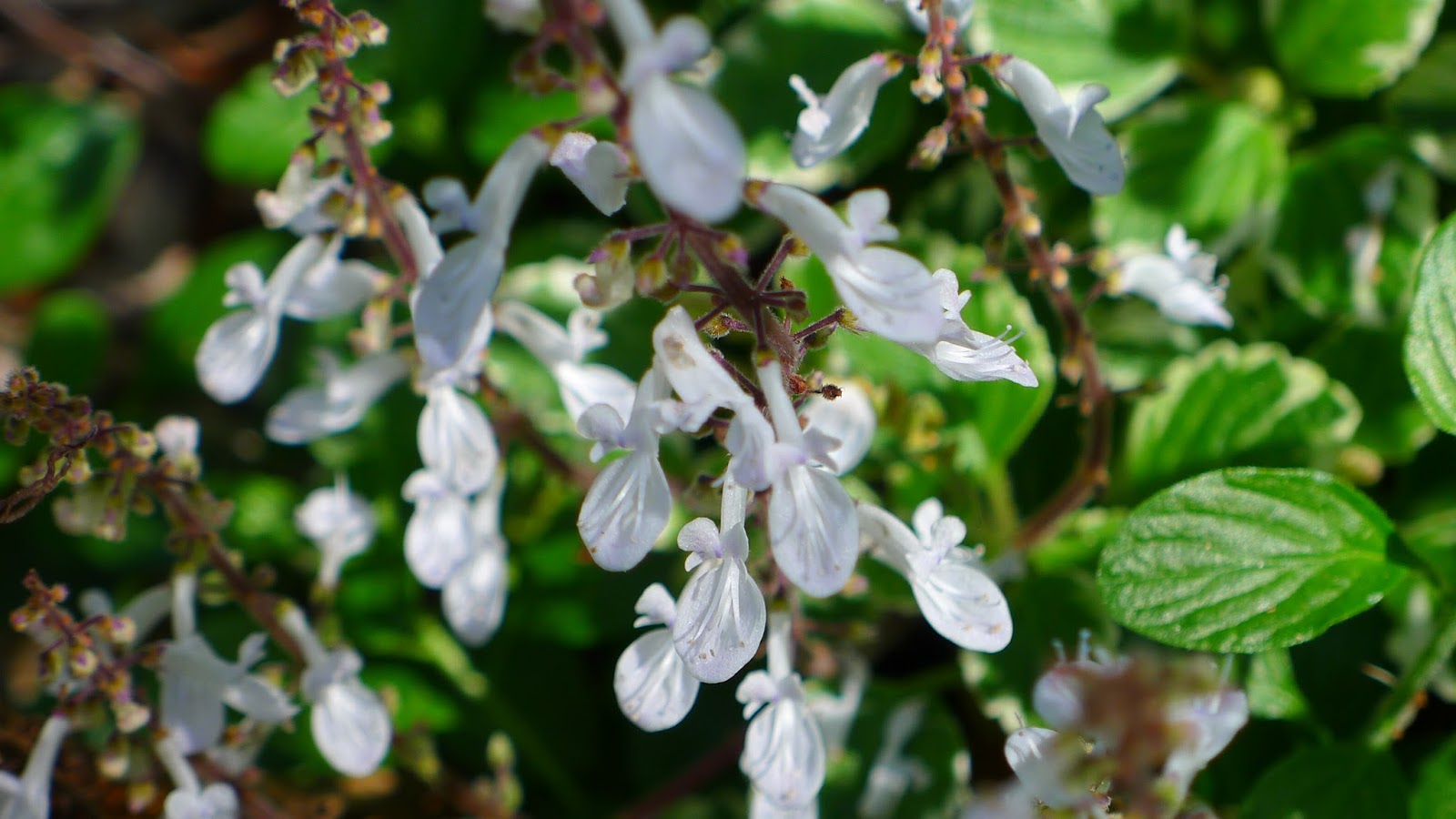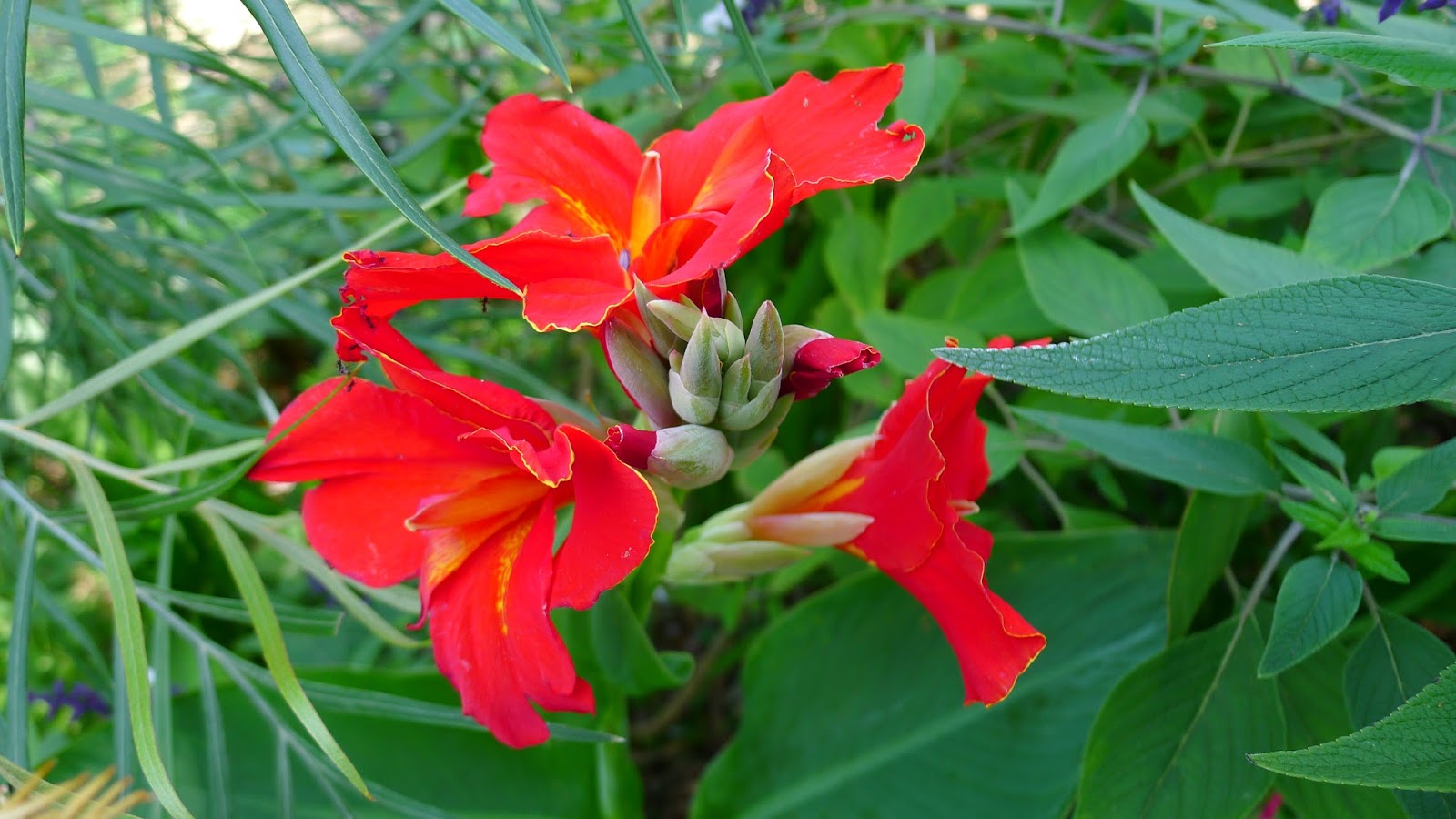Tropical Salvias play a big part in my garden to attract the three Bs
A garden’s interest is kept alive by constant imaginations. Ts
Lovely, dwarf dahlia plants are bought in Punnets as seedlings and keep going for many years, sometimes seeding and mutate new shades.
The very beautiful, tough Salvia 'Anthony Parker', I am making many cuttings for next spring.
Making a garden relies completely on optimism, most of the time optimism succeeds over experience. Ts
The most noteworthy thing about gardeners is that they are always optimistic,
always enterprising, and never satisfied. They always look forward to doing
something better than they have ever done before.
- Vita Sackville-West, 1892 - 1962
This plant is called 'dwarf Jacaranda' actually it has nothing to do with a Jacaranda, probably just because of the Jacaranda colour. I have never found its real name. I received this plant 40 years ago from a friend long passed away since, when I lived near Grafton, also called the Jacaranda city, in Northern NSW. This plant is a perennial up to 50 cm in height, quite drought resistant.
Single, dwarf Dahlia has a special charm.
From a Gardener’s dictionary;
Garden: One of a vast number of free outdoor restaurants operated by
charity-minded amateurs in an effort to provide healthful, balanced
meals for insects, birds and animals.
The hub of the three Bs
Plectranthus madagascariensis variegatus
Pink Abutilon
Dwarf Canna grown from seed resulted in this nice hybrid.
Barleria cristata; drought resistant, hardy and reliable; not invasive like some of its sisters.
My all time favouite from its silvery leaves to the subtle beauty of its flowers. Beloved by Blue banded- and Teddybear bees. A tough, wonderful plant, I love it to bits!
A Zebra blue feeding on the blue flowers of Plectranthus argentus.
(Leptotes plinius)
The Zebra Blue Butterfly is a small brownish and blue-grey butterfly. The underside is a marbled brown and white pattern.
They like open woodland where they feed on native plants. They are most often seen in gardens around Plumbago plants or other blue flowering plants.
Food
buds and flowers of Plumbago plant
Range
eastern Queensland and New South Wales
The garden's own perfumer, the tough and pretty native Murraya paniculata.
Around the bend, driveway garden in progress; there is a Camellia sasanqua, a tall, tropical Salvia, yellow flowers, Salvia madrensies plus man other bulbs and perennials. The red flowering plant is a pineapple Salvia. Tall grasses are also incorporated, as small birds like to feast on the seeds.
Open seedpod of Coast Banksia.
Hibiscus welcomes you at the entrance of the wild garden to go and explore.
Left side of the drive way is in progress, planted with different perennials and bulbs. All plants here must be quite drought resistant as it can get very dry in spring, and I do not have the time to water them all the time. They are only watered when they really need it and can not cope any more.
This was a tough area to establish with plants, because of this very big Araucaria who sucks all the water and nutrients away. With time and patience I could establish a pretty hardy border.
Agaves, Bromeliads which provide a great show when they are producing their deep red colour and in spring Agapanthus flowers. Now this place is getting fertilized by the bunches of needle like leaves this tree showers on the plants.
Believe it or not:
A passion for gardening may be ravenous, hungry for more and more, it is certainly not something to be dismissed lightly once your heart and soul is given to this wonderful botanical world. Ts
©Ts Lavender&Vanilla Photos/text and quotes.







































